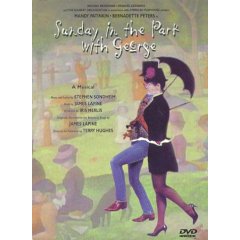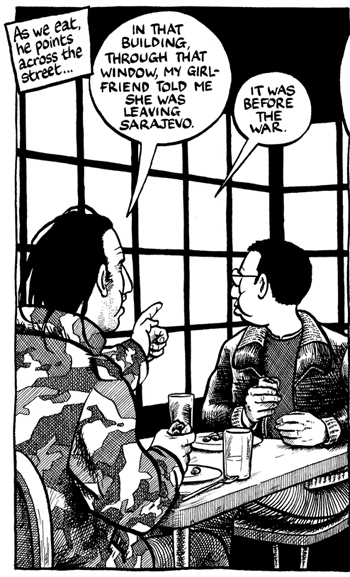Gus Van Sant’s “Paranoid Park” has received mostly respectful reviews (see Rotten Tomatoes for a rundown of major reviewing activity on the film) from the nation’s movie critics, though not “glowing” or “excited” reviews. Most of them seem to get what Van Sant is up to — which is to give an atmospheric account of a horrific moment and its reverberations in an alienated teenager’s life. (The Oregonian’s Shawn Levy was among the most positive.) It’s a little too “arty” for some of them, with its fractured narrative line, scene repetitions and slow-motion, soft-focus sequences. But really, that’s what the film is about — to create an artistic affect, simple on the face of it but maybe profound and complex upon reflection. We’ll see.
“Paranoid Park,” which closely tracks the plot of Portland native Blake Nelson’s Young Adult novel (which I haven’t read), is a portrait of Alex (Gabe Nevins), a 16 or maybe 17-year-old kid in a small family that is breaking up. Van Sant doesn’t give us much background on Alex — he doesn’t have a psychological theory to explain him, no “causes” for his behavior, he doesn’t supply a case history. That’s OK, from a “coherence” point of view: Alex doesn’t have the equipment to analyze himself very thoroughly; and no one around him is interested enough to hazard a guess about what’s going on behind that placid (maybe slightly worried-looking) exterior. Except maybe for Macy (Lauren McKinney), his younger friend from down the street. More about her in a moment.
So, we don’t know exactly why Alex has started to get into skateboarding, what he was into before, what his status at school might be. We have to accept that he simply is into skateboarding, even though he’s not good at it yet. His friend Jared skateboards, too, and persuades him to visit Paranoid Park (the skater-constructed skate park under the Burnside Bridge, in actuality), where the best and scruffiest skaters hang out. Alex protests that he’s not ready for Paranoid Park, and Jared, in his one good line of the movie, replies: “No one’s ever ready for Paranoid Park.”
Continue reading Gus Van Sant, vaguely artful
 A week ago, I sat in on a lecture by Roger Martin,
A week ago, I sat in on a lecture by Roger Martin,  The Stephen Sondheim-Frank Rich question and answer session, staged by Literary Arts at the Schnitz Tuesday, was about as delightful as it possibly could have been.
The Stephen Sondheim-Frank Rich question and answer session, staged by Literary Arts at the Schnitz Tuesday, was about as delightful as it possibly could have been.  That’s Joe Sacco, to the right, looking out of the window in a restaurant in the old part of Sarajevo. As usual he is passive — listening to the stories that other people tell him, observing life around him and presumably taking notes, though in this frame, he doesn’t seem to have a notebook with him. He looks a lot like a — journalist. Oh. There’s no drawing pad, either. And that’s what usually separates him from other journalists: He is recording conversations,
That’s Joe Sacco, to the right, looking out of the window in a restaurant in the old part of Sarajevo. As usual he is passive — listening to the stories that other people tell him, observing life around him and presumably taking notes, though in this frame, he doesn’t seem to have a notebook with him. He looks a lot like a — journalist. Oh. There’s no drawing pad, either. And that’s what usually separates him from other journalists: He is recording conversations,

 Except that maybe we’ve read Blankets, and we’re pretty sure that Craig is not going to be able to give himself over to that sort of thing. And in fact, Craig is unhappy for a lot of Carnet. He counts the ways: he’s homesick, he misses his ex-girlfriend profoundly, she’s quite ill, he’s lonely, everything reminds him of her, he’s lonely, his hand hurts from so much drawing. Did we mention he’s lonely? His internal struggles spill out into the frames and pages of his notebook, enveloping them in fog of gloom. Morocco, near the beginning of the trip, is especially difficult, primarily because he doesn’t know anyone, doesn’t understand the culture very well and plunges into the worst melancholy of the trip.
Except that maybe we’ve read Blankets, and we’re pretty sure that Craig is not going to be able to give himself over to that sort of thing. And in fact, Craig is unhappy for a lot of Carnet. He counts the ways: he’s homesick, he misses his ex-girlfriend profoundly, she’s quite ill, he’s lonely, everything reminds him of her, he’s lonely, his hand hurts from so much drawing. Did we mention he’s lonely? His internal struggles spill out into the frames and pages of his notebook, enveloping them in fog of gloom. Morocco, near the beginning of the trip, is especially difficult, primarily because he doesn’t know anyone, doesn’t understand the culture very well and plunges into the worst melancholy of the trip.